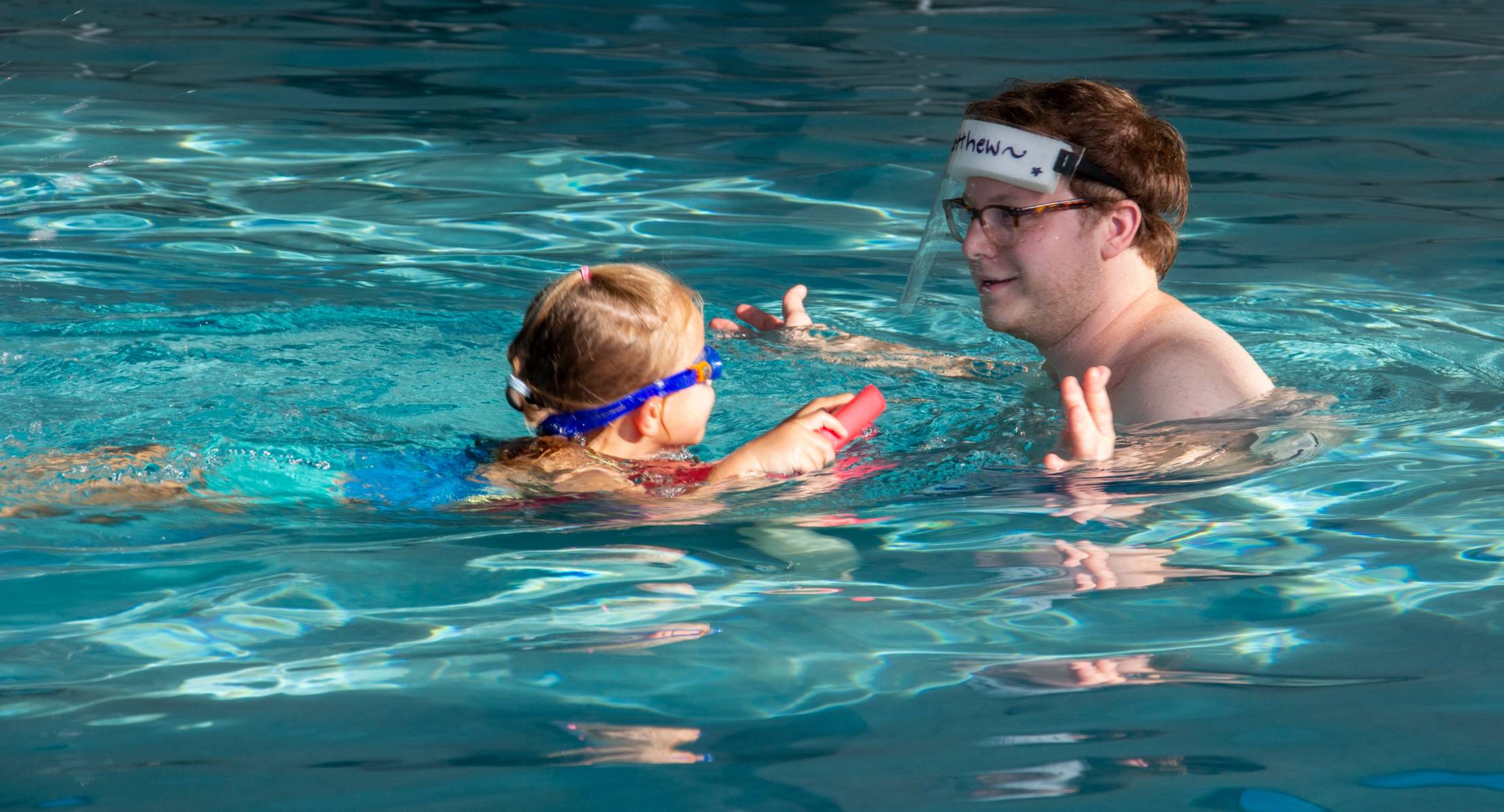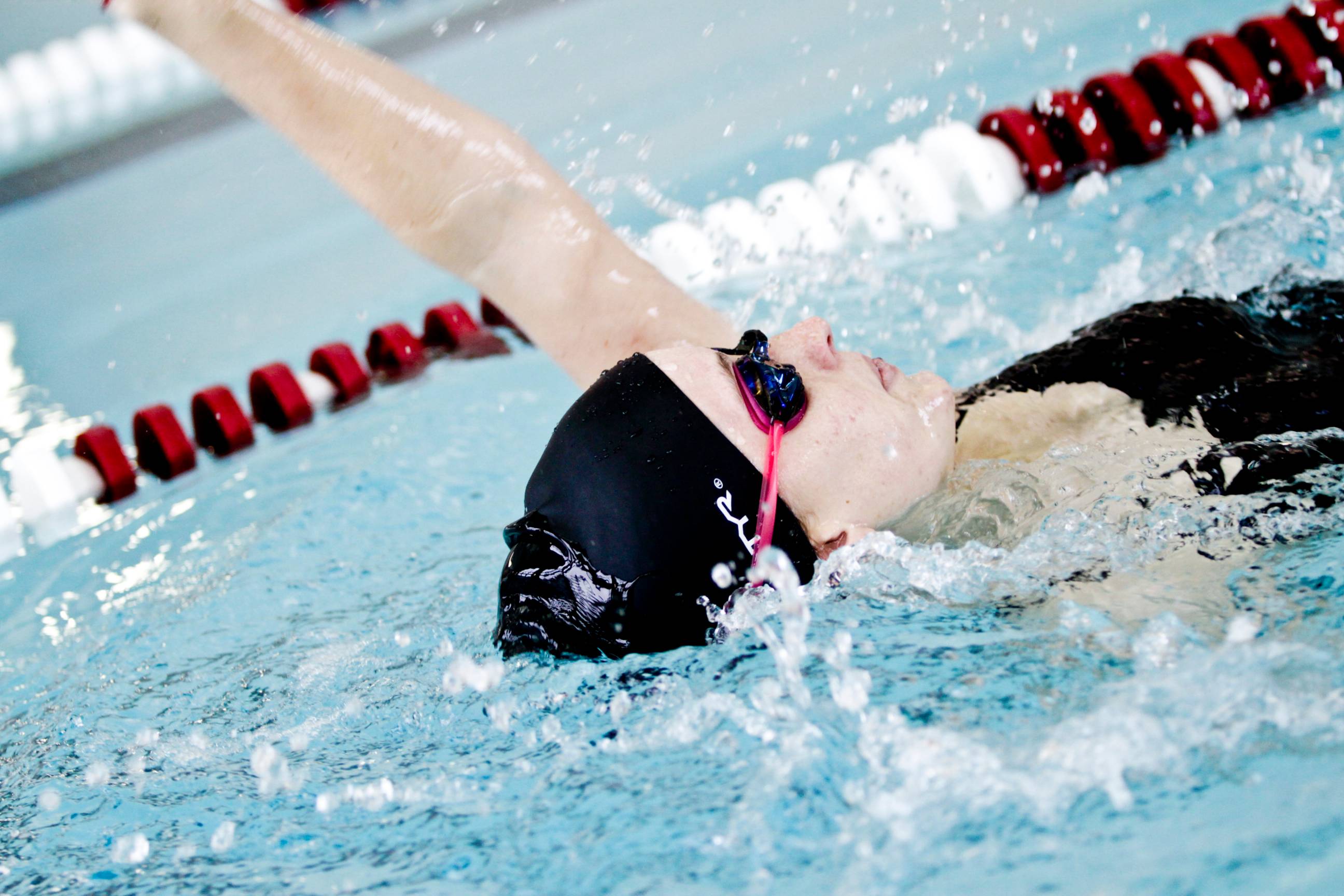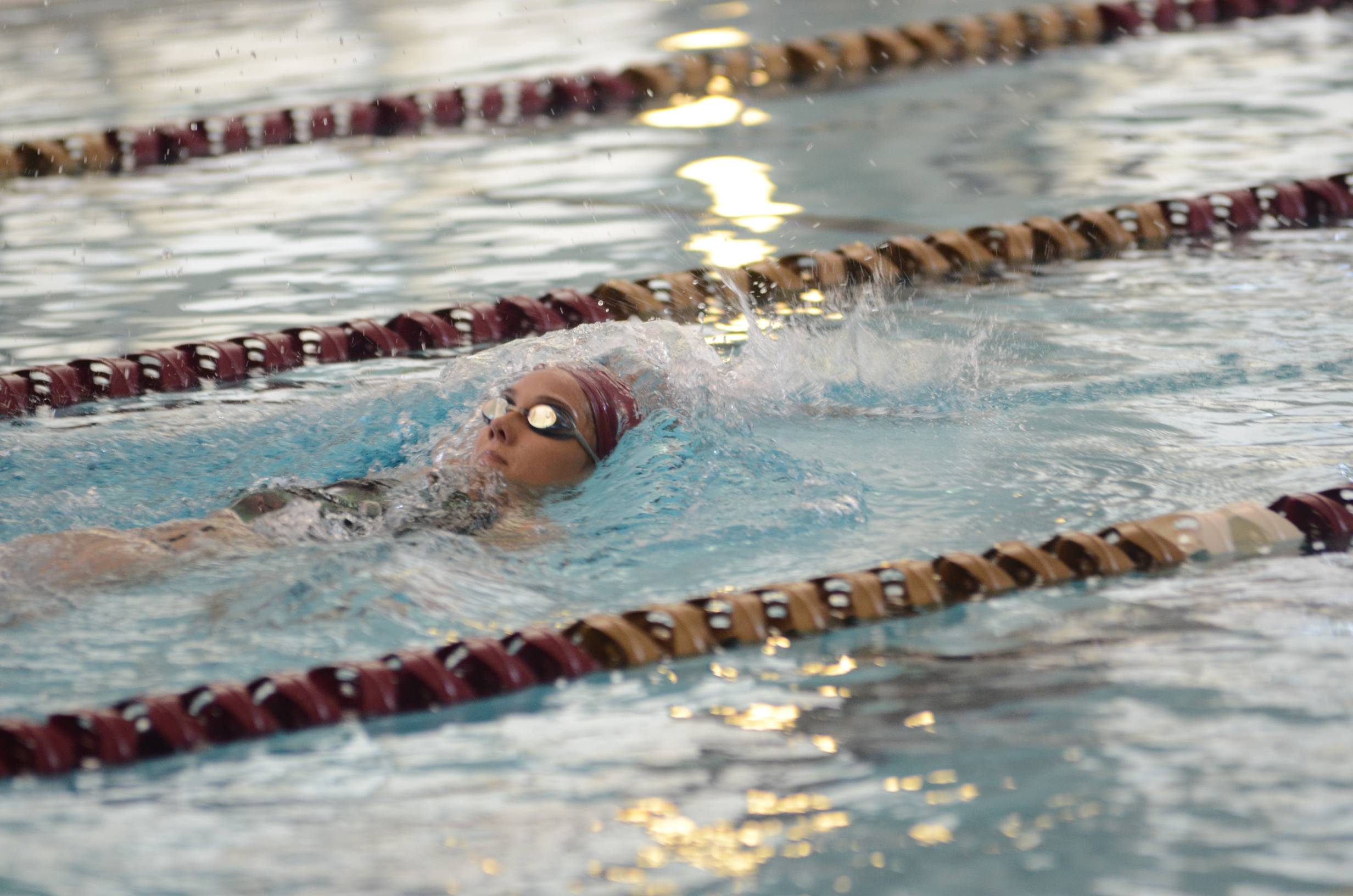We offer three levels for Adults of various swimming abilities.
Fundamental of Swimming - Learning the Basics (Level 1)
This class is for the non-swimming adult that would like to learn how to swim for the first time! We will start with basic aquatic skills and build up your comfort in, on and around the water. We also teach you about water safety so that you will learn how to save yourself and/or others in an emergency situation.
Stroke Development - Improving Skills and Swimming Strokes (Level 2)
This class is for the adult who can already swim, but would like to learn more about proper stroke technique. We will cover all strokes, go over water safety topics. We also teach you about water safety so that you will learn how to save yourself and/or others in an emergency situation.
Stroke Refinement - Swimming for Fitness (Level 3)
This class is for the adults who want to refine their freestyle, backstroke, breaststroke, turns, and increase endurance in the water. Participants also learn skills and concepts needed to stay safe around the water.



